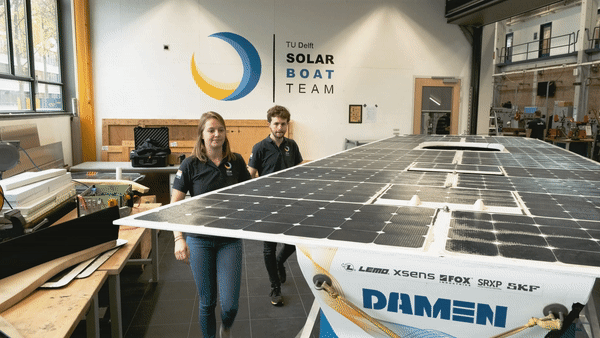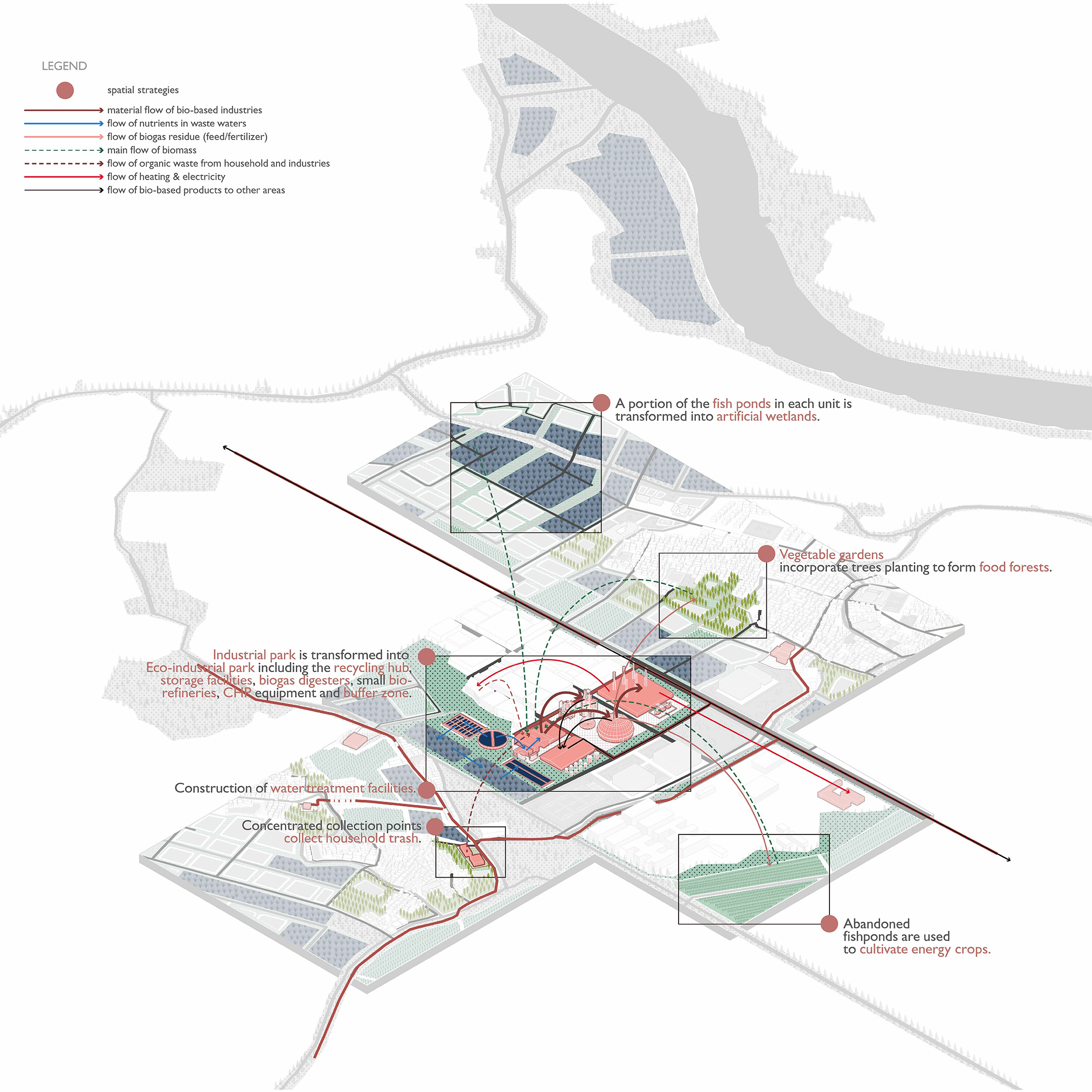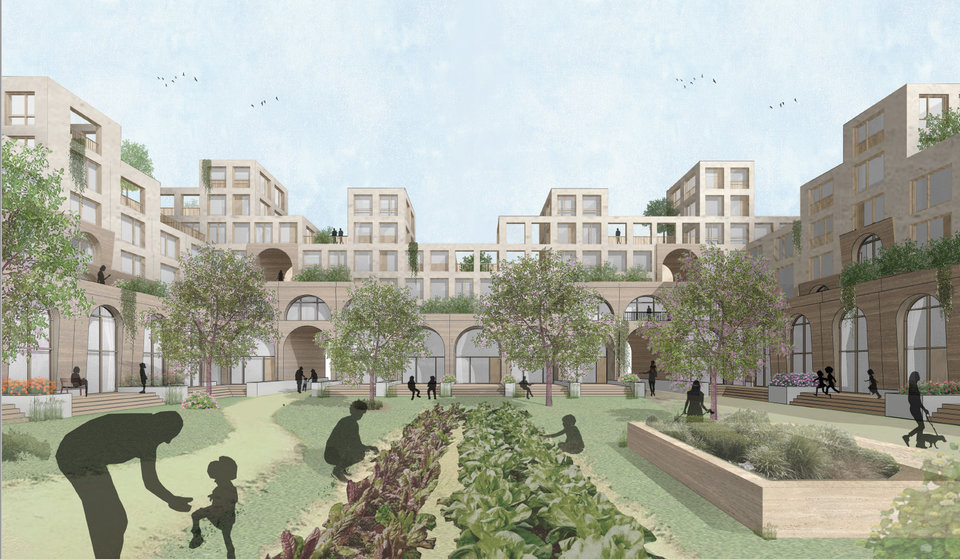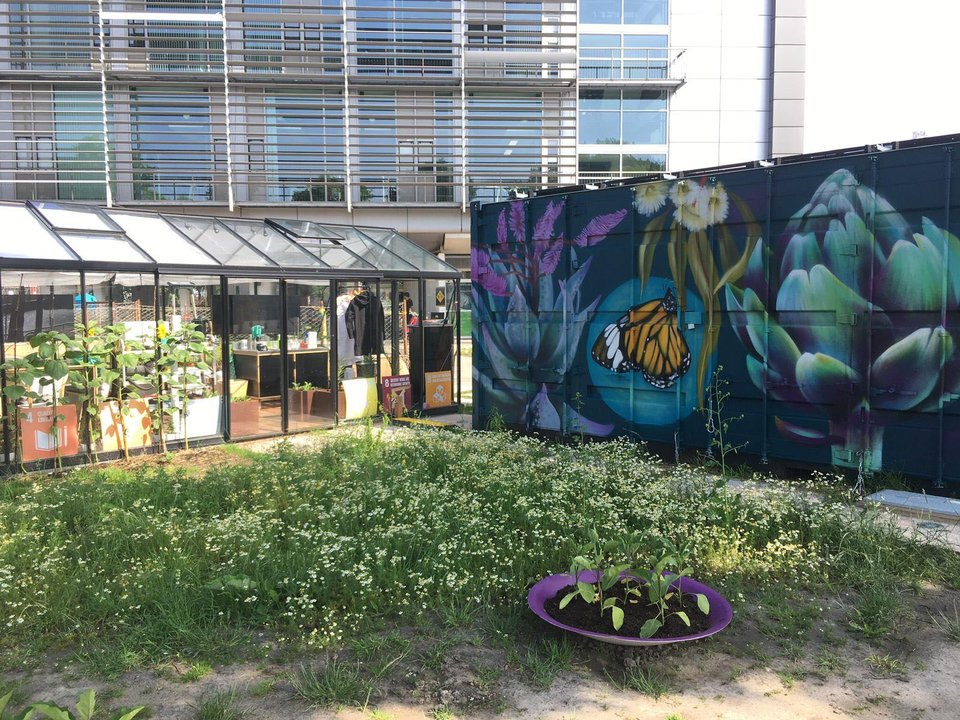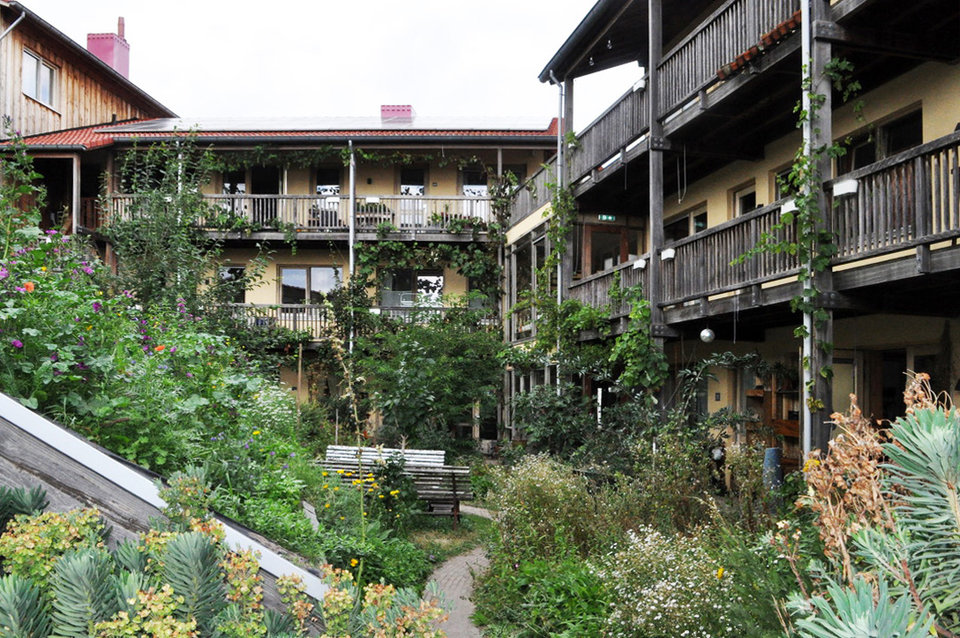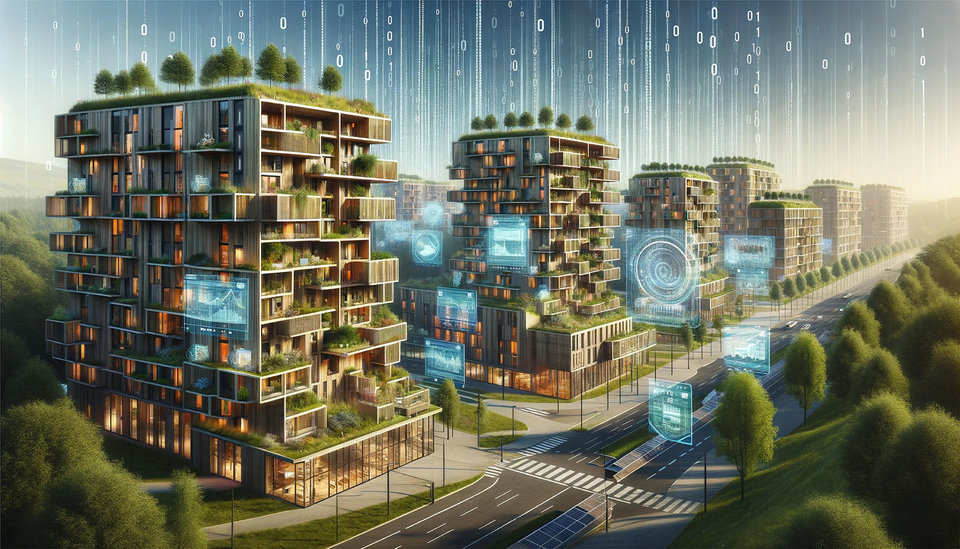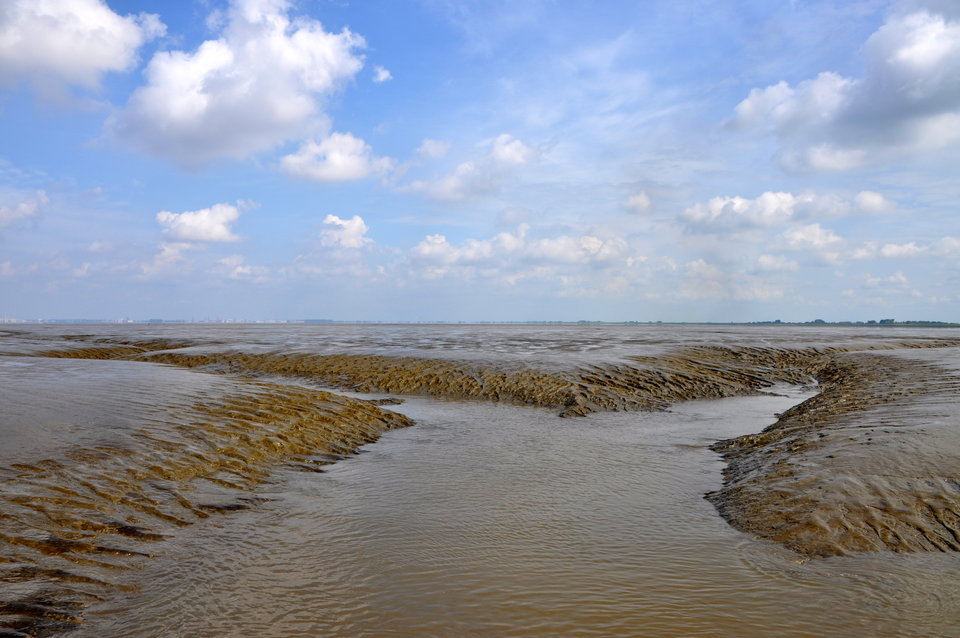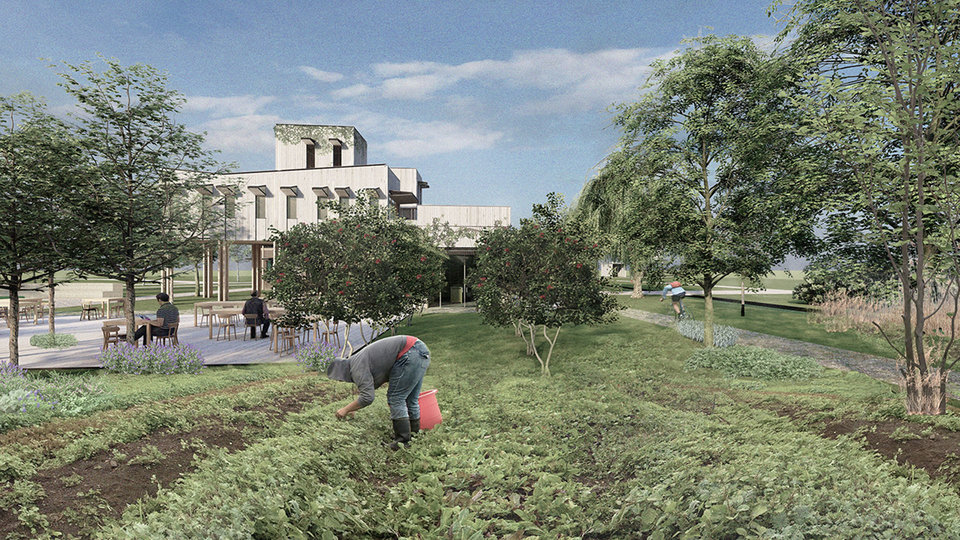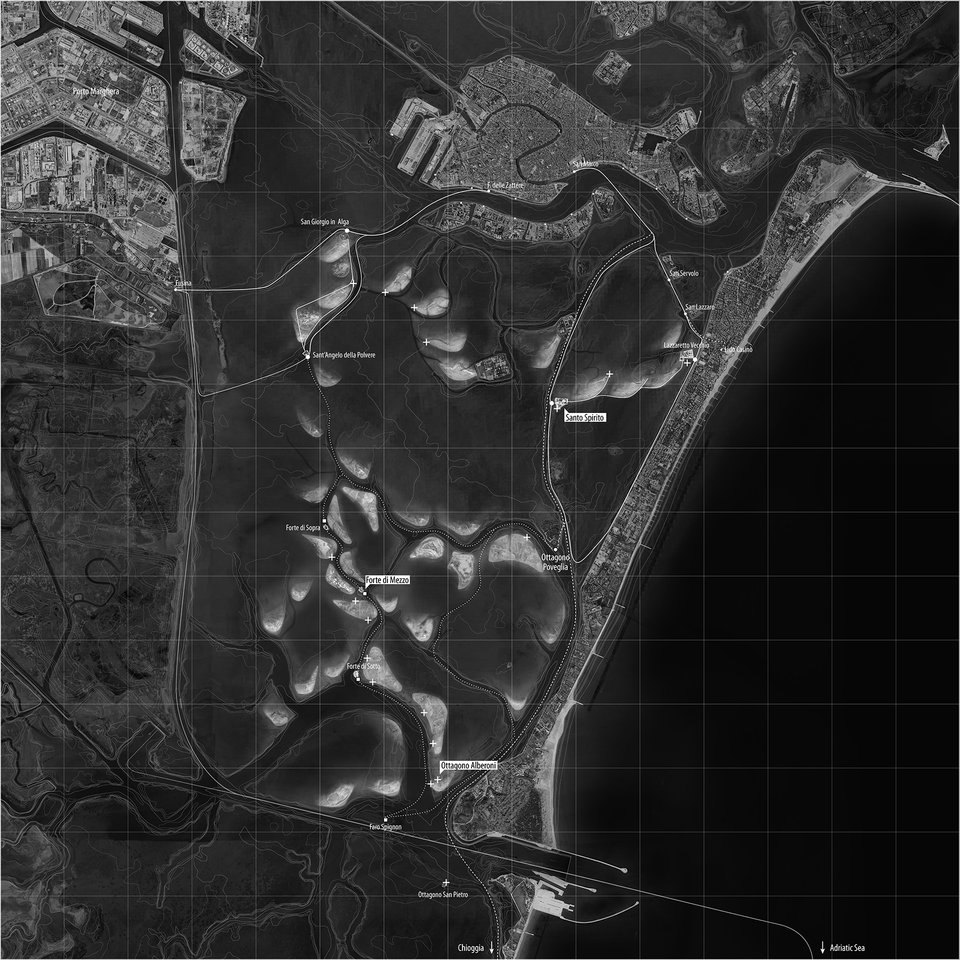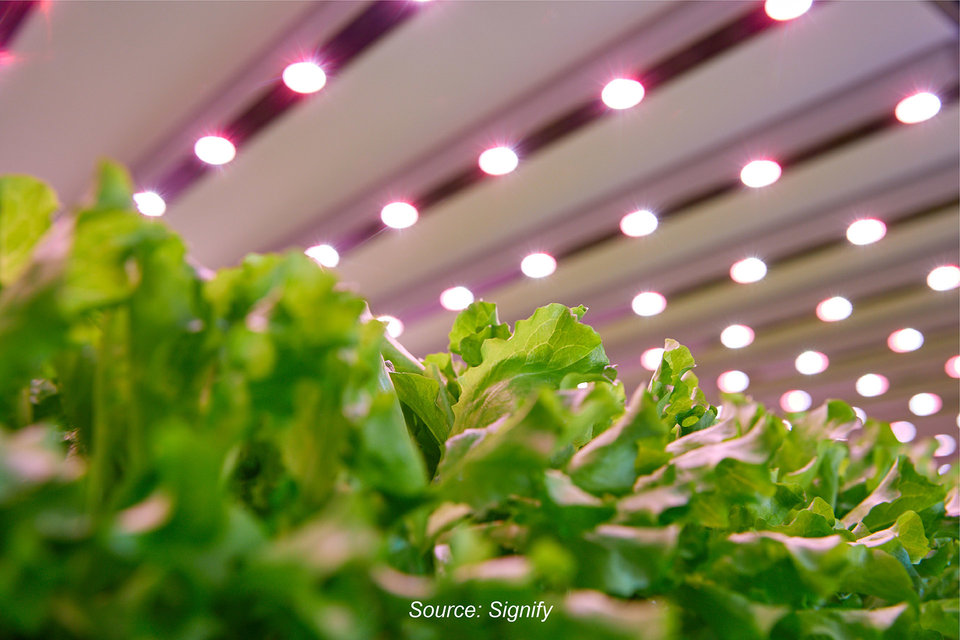Shiru Liu grew up in a mixed urban and rural region in China’s Greater Bay Area, where she studied architecture and planning. For her master’s degree in Delft she decided to excavate the region’s potential for an industrial transition to circular and bio-based practices. “There’s a lot happening but an integral planning strategy for long-term development is lacking. As a planner I can provide synergy between policy, space and resources.”
Apart from eleven megacities China’s Greater Bay Area includes several ‘desakota’ regions. The word is derived from Indonesian desa (village) and kota (city) and is used to qualify peri-urban South-East Asian areas. These are areas where dispersive urban growth creates fragmented and mixed urban and rural landscapes. In Delft, Shiru learned to analyse different urban systems and to place them in an actual context. “So for one of these regions I studied where and how people live and where and how agriculture is practised as well as where different types of industrial buildings are located, where resources are, where raw materials come from and where products and waste go. By identifying existing flows and nodes in a spatial context you are able to discover how these might become better placed or connected. So that other resources come into play. Or so that raw materials might be mined from waste streams or logistics become more efficient.”
Entry point
Chemical industry and the manufacturing of machines, ceramics, furniture and textile are typical for the region that Shiru scrutinised. She explains that government wants to transform the manufacturing industries from low-end processing to high-end, and low-carbon, processing. “To this end more new industry is introduced, like car manufacturing. Linear economic models are followed. I however believe planning or reconfiguring infrastructure so that it supports more circular production processes is key to sustainable transformation.”
The by-products of one type of industry may serve as the resource of another.
Digging into policy and planning documents and reading academic papers, Shiru combined a serious amount of desk research with some field work, checking out the configuration of actual places and spaces. Recycling and bio-based industries are at the heart of the design interventions and spatial strategies she eventually arrived at. “To introduce the concept of circularity I took industrial symbiosis as my entry point.” The by-products of one type of industry may serve as the resource of another. “Recycling is practised randomly in the region, but a systematic approach is lacking.” She would therefore like to introduce a network of recycling hubs. “As is the case in many other countries, a circular economy is pursued through national policy without an explicit relation to spatial planning. I try to build that relationship by introducing and embedding functions of a circular economy in local and regional spatial patterns.”
Plausible planning
She consequently built up a spatial framework in which the different systems and scales are interlinked, leading to plausible planning strategies. “The result is something like a flexible regional masterplan.” Because rural land is owned by village collectives and because food production and various types of manufacturing are practised on the village scale, one strategy is to have bio-refineries at strategic locations serve as hubs for organic waste streams from several villages. “The bio-based energy, fuels and sustainable resources such as bioplastics and organic fertilisers coming from the refinery can help power both existing and emerging industrial activity.”
Likewise, Shiru proposes reprogramming of spaces to further eco-industrial development. “Many fish ponds in the area have been abandoned.” Why not turn them into artificial wetlands and use them to grow energy crops such as reed, thereby providing biomass for local industry? “These desakota areas harbour a lot of potential for sustainable change, you just need to make the right connections.”
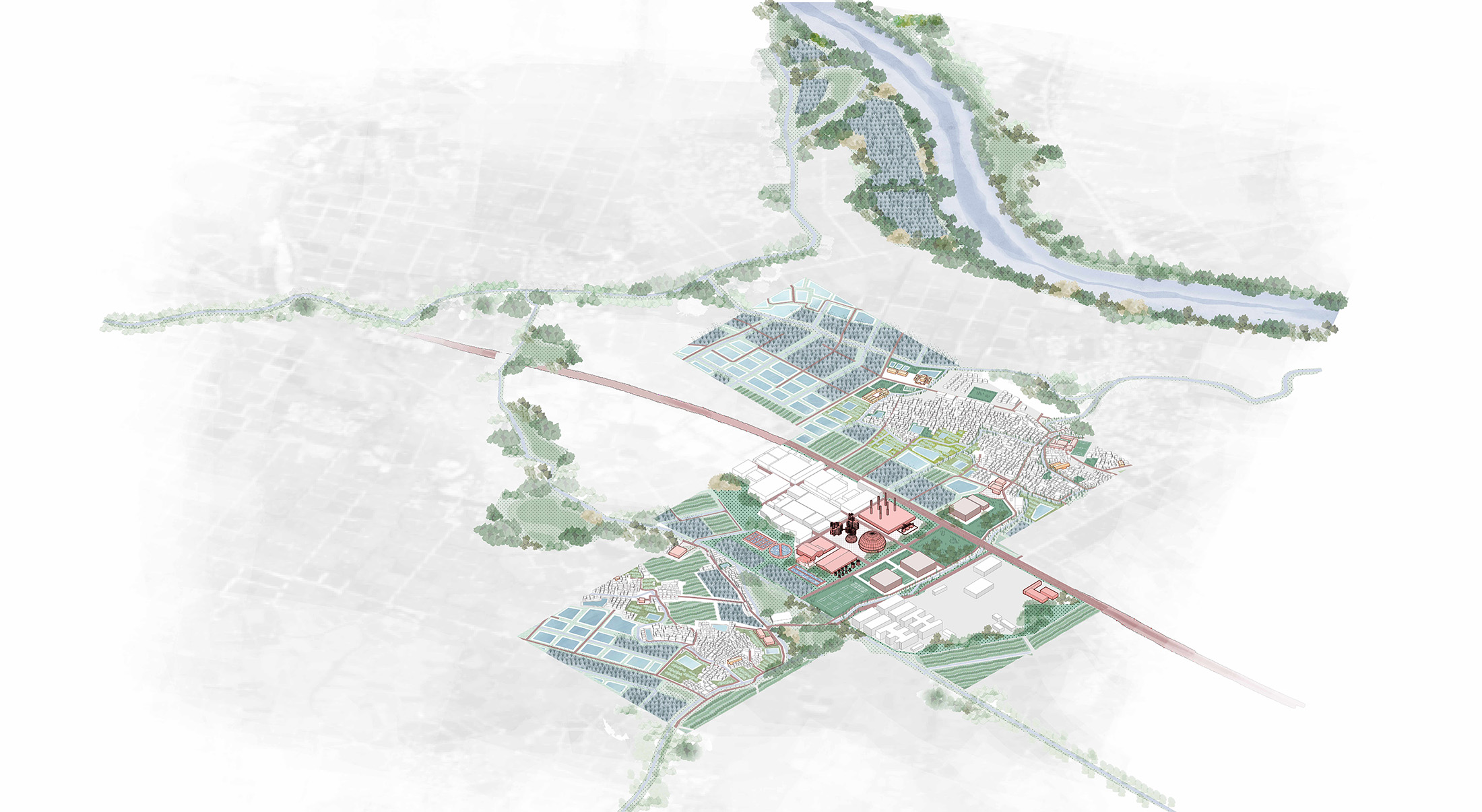
This story is published: March 2024
More information
The complete thesis is available through this link:
Shiru Liu graduated under the supervision of Alexander Wandl en Cinco Yu.
Circularity in the Built Environment Graduation Awards
Shiru Liu is one of the five winners of the Circularity in the Built Environment Graduation Awards 2022-2023. With her graduation project she was elected winner in the category 'Cities & Regions'.
The Circularity in the Built Environment Graduation Awards recognise the contribution BK graduation students make to the transition toward a circular built environment. These annual awards aim to stimulate research and innovation in the field of circularity in the built environment.
The Circularity in the Built Environment Graduation Awards is an initiative of the Circular Built Environment Hub of the Faculty of Architecture and the Built Environment, TU Delft.
Read also the stories of the other four winners.
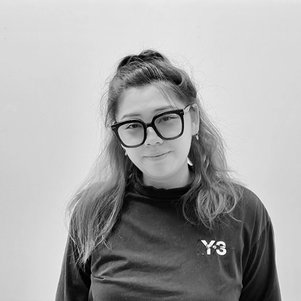
Shiru Liu
Winner Circularity in the Built Environment Graduation Awards 2022-2023 in the category 'Cities & Regions'.

